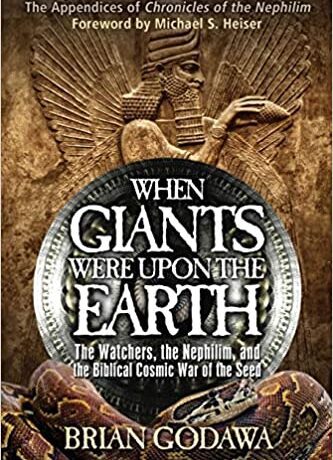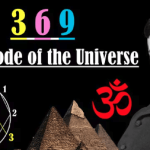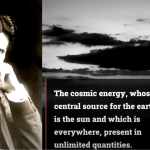The Pyramids’ Mysterious Energy
The Egyptian pyramids at Giza have captivated people for centuries, with their size, age, and mysteries. One of the most intriguing questions is whether these ancient structures could have been built with the use of crystal energy and whether they hold a great amount of energy.
Tesla’s Theory on Crystal Energy
Nikola Tesla, one of the greatest inventors in history, believed that the pyramids contained an incredible amount of energy, and speculated that they were designed to generate an energy field capable of providing electricity to cities. He even submitted a patent for a series of worldwide generators that tap the ionosphere to sap electrical energy, which he referred to as Tesla’s electromagnetic pyramid.
The Controversy Surrounding Tesla’s Theory
Tesla’s theory about the pyramids is still a topic of debate among experts today. While some argue that the location of the pyramids, rather than their shapes, is the source of their energy, others believe that Tesla’s theory is nothing more than a far-fetched idea. Nevertheless, Tesla’s ideas continue to fascinate and inspire people around the world.
Experimenting with Electromagnetic Pyramids
Many have tried to replicate Tesla’s experiments and build their own versions of the electromagnetic pyramid. Some have even claimed to have discovered new forms of energy from their own pyramid designs. Despite the controversy, the possibility of crystal energy and the energy capabilities of the pyramids continue to intrigue researchers and the public alike.
Unraveling the Mysteries of the Pyramids
If you’re interested in learning more about Nikola Tesla’s theory and the mysteries of the pyramids, be sure to watch this video. It explores the possibility that the pyramids were built with the use of crystal energy and delves into Tesla’s theories about their energy capabilities. Discover the secrets of the pyramids and the mind of one of the greatest inventors in history.




















